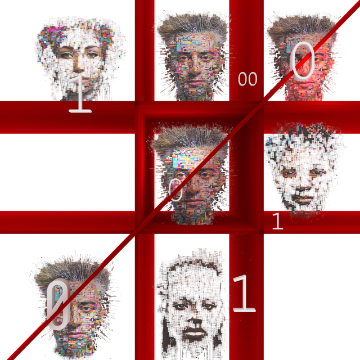
An AI Ethics Case Study
During a recent earnings call with investors, analysts, and media representatives, a CEO appeared initially as an avatar—using a video-generation tool developed by his company. In a prior interview, he had claimed that in the future people will be sending “digital twins” to participate in meetings on their behalf. “[T]oday we all spend a lot of time either making phone calls, joining meetings, sending emails,… and replying to some text messages,” he noted. “How [do we] leverage AI… to fully automate that kind of work?” He suggested that video-conferencing avatars might allow at least some people to work fewer hours per week and focus on other areas of their lives: “Why not spend more time with your family? Why not focus on some more creative things, giving you back your time, giving back to the community and society to help others…? Today, the reason why we cannot do that is because every day is busy, five days a week,” he said.
For such avatars to work, he explained, “[for] every human being, you have to have your own version of [an] LLM based on all the data, based on all the context around you. So you have your LLM; I have my LLM. I might have multiple versions of [my] LLM.”
In a description that accompanies a video describing its new “Custom AI Companion” feature, the company led by that CEO invites potential users to watch “how these intelligent avatars can enable users to create authentic and efficient communication across global teams, making collaboration more engaging and accessible than ever before.”
Discussion Questions:
Before answering these questions, please review the Markkula Center for Applied Ethics’ Framework for Ethical Decision-Making, which details the ethical lenses referenced below.
- Who are the stakeholders involved in this case?
- Consider the case through the lenses of rights, justice, utilitarianism, the common good, virtue, and care ethics; what ethical issues does each of them highlight?
- The comments from the company CEO reflect certain values and ethical claims; which are those?
- Would the use of avatars in video meetings, as suggested above, support those values and claims?
- Is it possible to have “digital twins”? Why, or why not?
Image credit: Amritha R Warrier & AI4Media / Better Images of AI / TicTacToe/ Licenced by CC-BY 4.0


